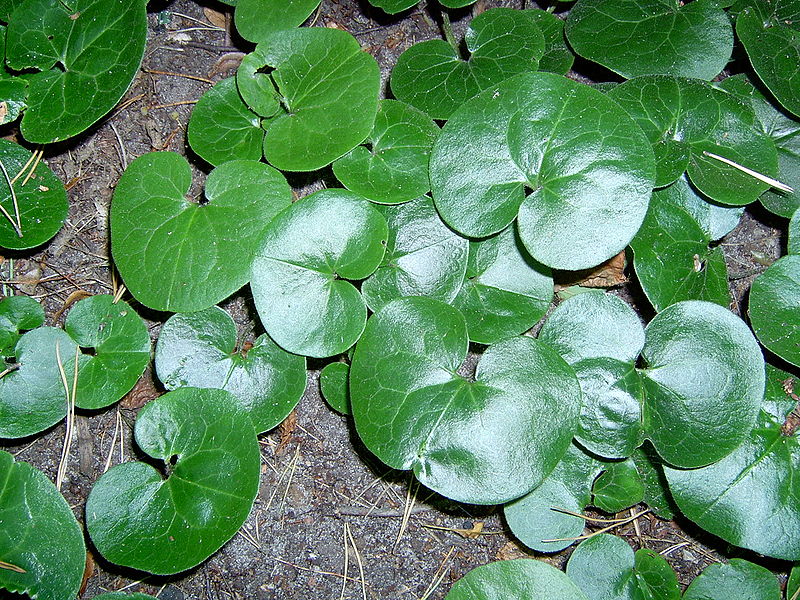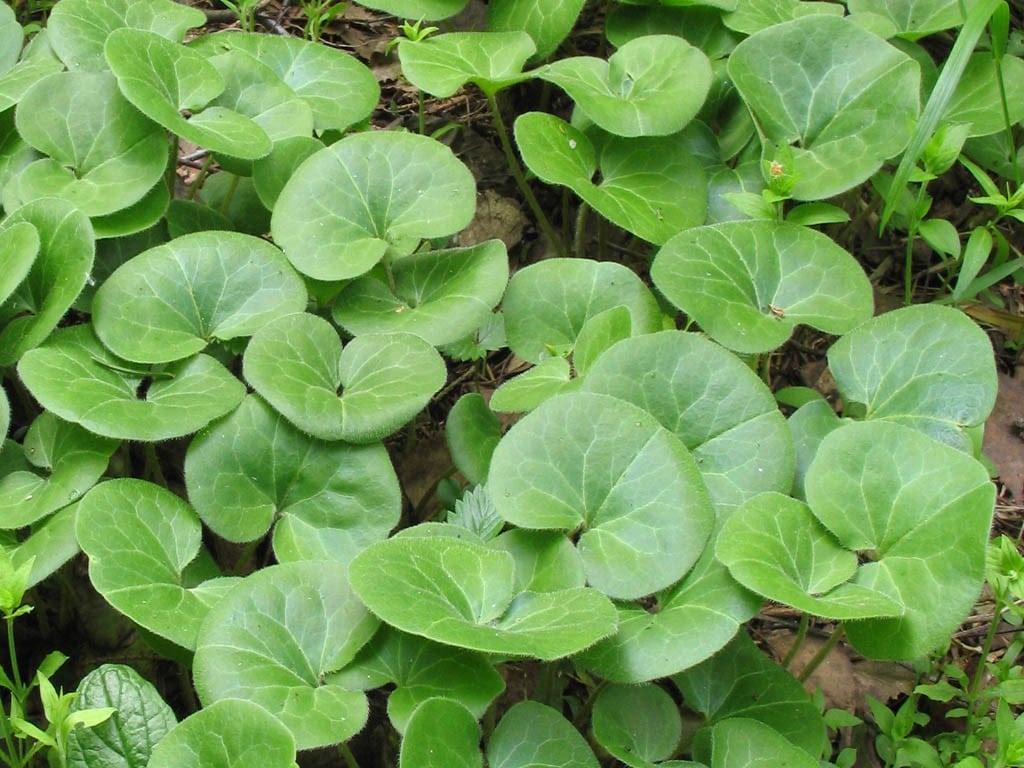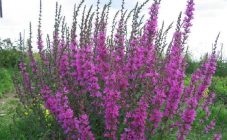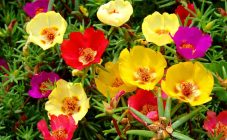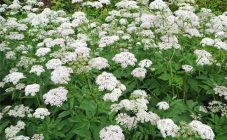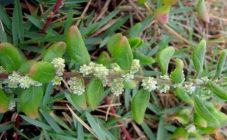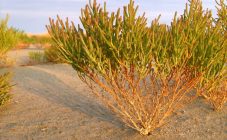The evergreen perennial European clefthoof is an inconspicuous forest herb that has long been used by healers as a universal remedy for many diseases. The rich composition of substances contained in the leaves and roots is still used by herbalists and pharmacologists to create drugs for many diseases.
Description of the plant
The hoofed grass (in common parlance the hoofed) is a perennial from the Kirkazonov family. It grows everywhere: in Europe and Western Siberia. The grass hides dark green, almost on the ground, leaves, similar to hooves, in shady places of coniferous and mixed forests. It grows only up to 15 cm. Located on a long stem, glossy leaves remain green under the snow and fall off in spring.
It blooms in May, but the buds form in the fall. Invisible bells of flowers are located at the very surface of the earth, therefore ants pollinate them. They also carry ripe seeds through the forest. The stems and leaves have a camphor smell. The roots smell like turpentine. Hence one of the names - turpentine.
The scientific name for clefthoof is Aseros, which in Greek means "disgusted." And among the people, due to its unusual appearance and specific properties, the grass is called differently: grass rootlet and woodland, because it likes to settle under these trees; secret herb due to its successful treatment of children's "hiding places" cramps; vomit root or plaque; earthy incense; hernia, ailing, feverish, crippled grass - these names speak for themselves.
Varieties
There are 60 types of clefthoof. Most grow in the tropics, and 13 species in the temperate zone. The most interesting species for cultivation in gardens and parks are European hoof, intermediate, Siebold, Hartweg, tailed hoof.
Using the herb
All parts of the hoofed nest are a warehouse of useful substances, organic salts and acids, essential oils. Traditional healers used the herb European Clefthoof as a medicine against heart and lung diseases, dropsy, colds, jaundice and many other ailments. The tea from the root stimulates digestion and relaxes the intestines, while the powder helps with asthma, runny nose and migraines.
Clefthoof grass has found application in pharmacology when creating drugs to enhance cardiac activity. The medicinal effect is similar to adrenaline intake. In case of an acute attack of radiculitis, it is recommended to use the medicine Akophyte, which contains an extract from the leaves of the clefthoof. In homeopathy for hysteria, nervous diseases and depression, it is recommended to use azarum - a preparation made from the extract of the root of the herb clefthoof.
The property of the herb to cause nausea and vomiting has long been used by healers to wean a person from alcohol addiction. Acts as an alcohol blocker drug. The concentrated broth mixed with alcohol causes severe vomiting. Thus, the drinker manages to develop an aversion to alcohol. There is a tincture of the herb European hoofed grass (medical name Tinctura Asarum europium), which is an alcoholic extract of the clefthoof root.
Collection, procurement and storage
Pharmacies accept only fresh leaves harvested in spring and early summer. The roots are dug up in the autumn. Cleaned from the ground, washed and cut. Dry without access to sunlight - under a canopy or in a well-ventilated area.
Thus, the clefthoof can be grown on the site for medicinal and ornamental purposes. The grass will help with diseases and will delight the eye with greens until frost!

